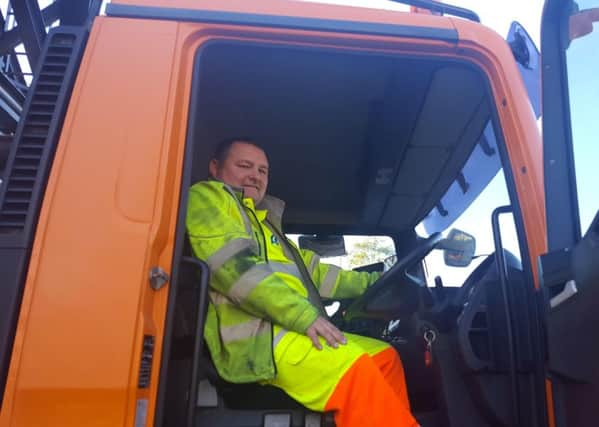Give gritters space they need to work


“Although the vast majority of people support our gritter drivers by leaving a sensible distance and only passing when it’s safe to do so, we do have occasions when people misjudge the situation and end up colliding with one of our vehicles,” said Highways England’s winter manager Tim Calvert.
Gritters weigh up to 26 tonnes and when they’re spreading salt, travel at 40mph. They often travel in the middle lane of a motorway to ensure the right amount of salt is spread to all lanes.
Advertisement
Hide AdAdvertisement
Hide AdTim added: “We’ve noticed a growing problem with drivers using the hard shoulder to undertake gritters, risking a collision with stationary vehicles on the hardshoulder and causing a hazard to gritter drivers who need to exit at motorway junctions.”
According to Highways England, the back of a gritter is the most vulnerable area, as it’s where the salt spreading equipment is located. If it’s struck it can mean costly repairs that could affect critical services.
Tim said: “We are doing what we can, rolling out a number of new vehicles with a large rear chevron panel to improve visibility.”
Mark Crossley has been driving a gritter on the M1 for the last 13 years and is based at the depot in Barnsley’s Birdwell. He is just one of the hundreds of gritter drivers that help to keep traffic moving in the Yorkshire region.
Advertisement
Hide AdAdvertisement
Hide AdMark said: “Travelling at 40mph down a motorway means that we are reliant on drivers paying close attention. We often find it difficult to exit junctions because we have vehicles undertaking us. But what is more disheartening is that we can sometimes get verbal abuse and objects thrown at us from passing vehicles which isn’t nice when only what you are trying to do is keep the network safe for them to travel on.”